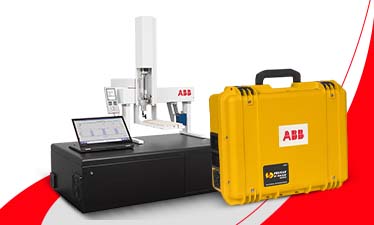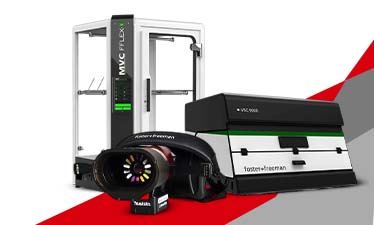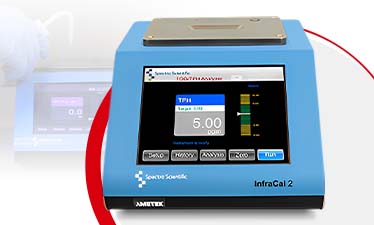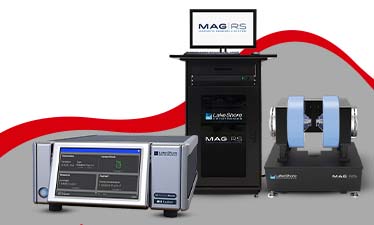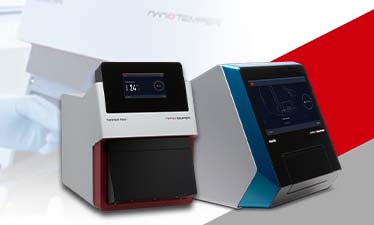The Ultimate Perks of Using Raman Spectroscopy System
Raman Spectroscopy is a non-destructive chemical analysis technique in which scattered light is utilized for the measurement of vibrational energy modes of a testing sample. The analysis delivers detailed information regarding chemical structure, molecular interactions and phase and polymorphic crystallinity.
It is the ideal solution for sample quantification and detection processes. This technique is applied for the analysis of micron size particles of volumes. It is also utilized for analyzing a single layer in a multi-layered sample.
Furthermore, the Raman spectroscopy technique is applied for identifying features and contaminants below the transparent sample surface. It is a vital analytical method applied in a variety of industries.
Continue to read till the end to learn more about Raman Spectroscopy System and its ultimate benefits.
The Fundamentals of Raman Method
The Raman Spectroscopy belongs to the vibrational spectroscopy category. Here the light is used to chemically analyze a sample and create molecular vibration and later the interaction is interpreted.
This technique is based on light's inelastic scattering that happens when matter is illuminated by light. Compared to the wavelength of illuminating light, the altered wavelength is small, therefore, it can be easily visible with the use of monochromatic light sources.
When the monochromatic light interacts with the testing sample, a small part of this sample alters its wavelength. This alteration is what we know as the Raman effect. This enables them to collect the light and use it to achieve information regarding the sample.
Application of Raman Effect in Spectroscopy
When the Raman effect was discovered, it opened up a whole new domain in the field of spectroscopy. However, it was only after the discovery of the laser, the concept of Raman Spectroscopy really started to take off.
Therefore, the sample is illuminated using a laser light and the scattered light from it analysed dispersed or FT technology. The end results show Raman spectrum that gives the characteristic bands or signals for the sample that is being examined.
The Perks of Using Raman Spectroscopy
There are many benefits to using Raman Spectroscopy technology and some of them are –
Water samples can be analysed
With Raman Spectroscopy tech, you can analyse aqueous solutions as well. You can identify biological samples or suspensions in water. The tech helps in offering non-altering results from sample analysis as it doesn’t require time-consuming extraction or drying.
Flexibility in sample collection and analysis
The Raman spectroscopy solutions offer flexibility in sample collection volumes controlling. You can take small amounts of material for analysis (<1 µm in size) to sample centimeters across in size.
Identifies chemical composition and structures of samples
Raman Spectroscopy has the capability to differentiate varied chemical structures in the samples even if they consist of the same atoms present in different arrangements.
If you are looking for an advanced Raman Spectroscopy instrument then make sure to check out Virsa fiber-optic-coupled Raman Analyser that allows you to conduct sample analysis away from the limitations of laboratory setting to extensive environments where you can test a variety of samples.




